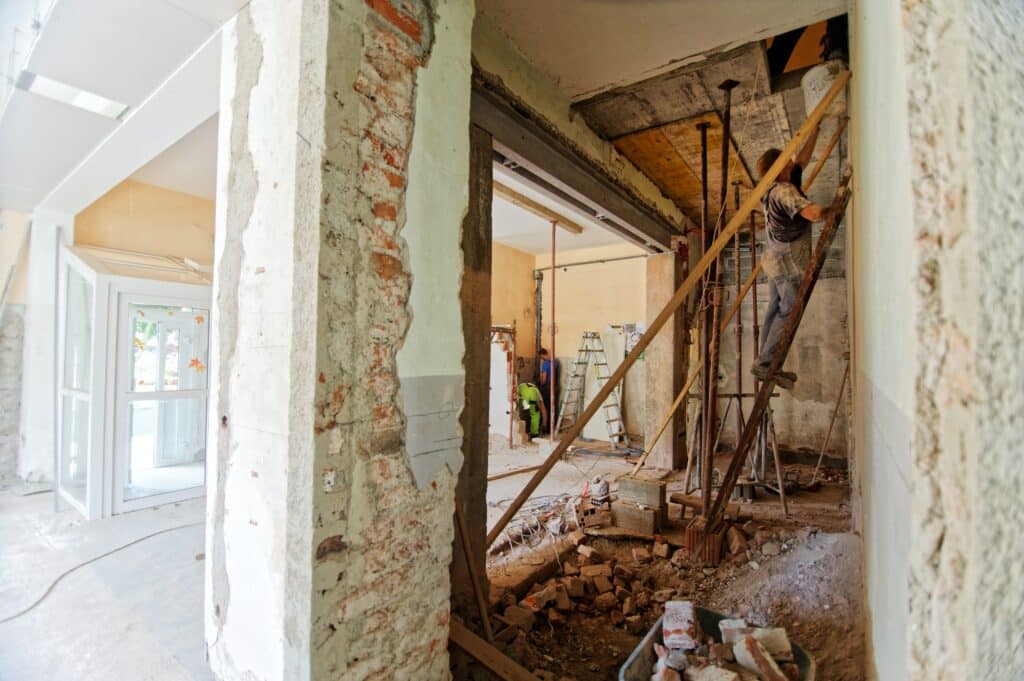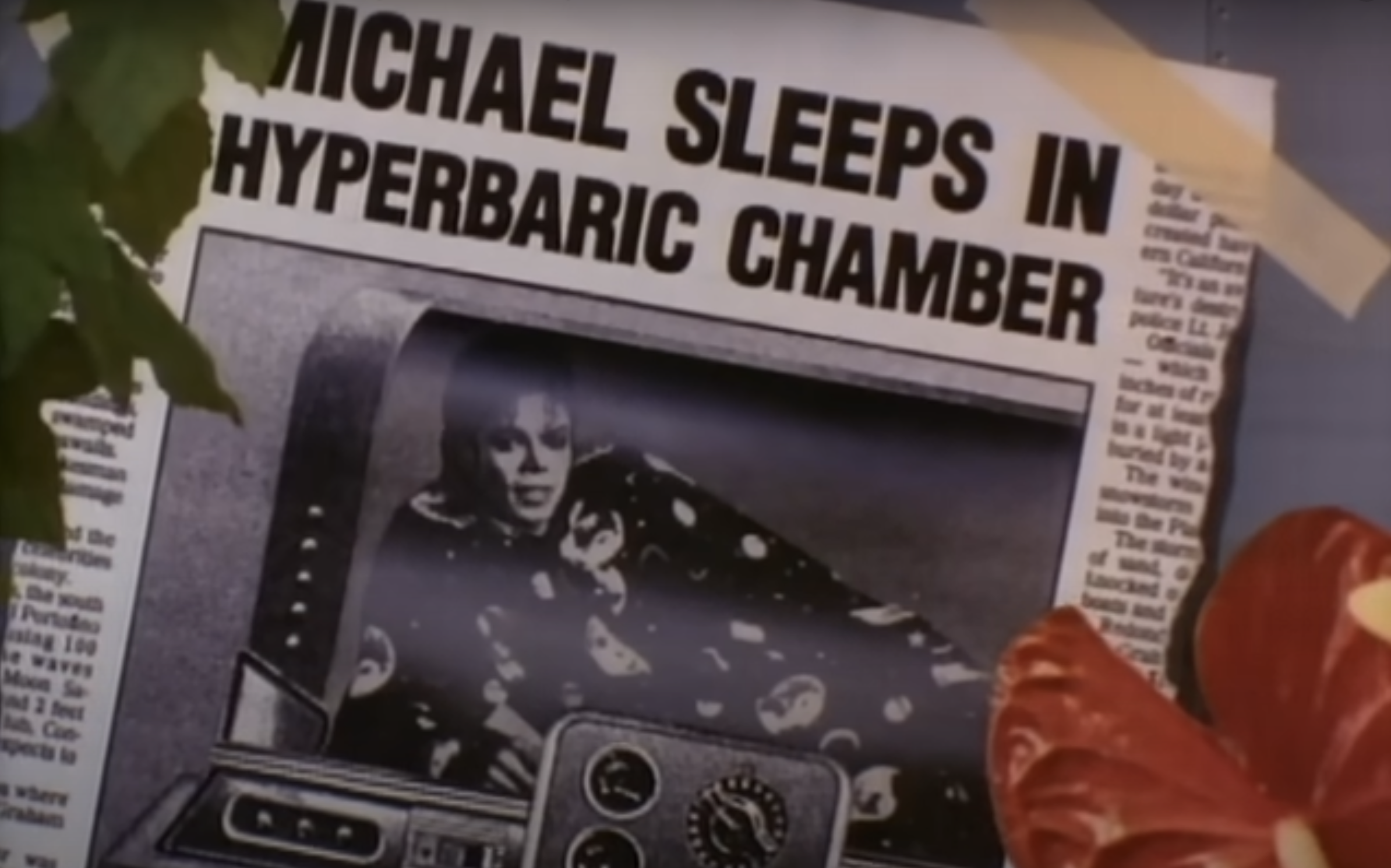Storytelling in the real estate industry: creating dream homes with appealing stories

Houses as the center of a story enchant potential buyers.
A light-flooded penthouse in the city, a villa in the countryside or a charming little house by the sea. Get up every day in your personal dream home, breathe in the fresh air and simply feel good. Who wouldn’t want to find themselves in this fantasy? Home is the center of our lives. So it’s no wonder that living is close to people’s hearts and that we associate many emotions with it.
In today’s real estate market, it is no longer enough to simply list an apartment or property and hope that it will sell or rent quickly. With a high level of competition and enormous purchase prices, it has become increasingly important for suppliers to find ways to stand out.
This is where storytelling comes into play. It is the perfect way to appeal to potential customers and make living dreams come true. Successful stories have the ability to arouse emotions, build trust and appeal to prospective customers on a deeper level. As in other areas, the success of communication here depends on how authentically the storytelling is structured. This blog post provides an overview of which stylistic devices are suitable for gripping stories and how companies or real estate agents manage to captivate private individuals in the world of real estate.
The history of real estate: a journey back in time

Stories about early testate residents can increase buying interest
Real estate is more than just concrete and bricks. They are witnesses to the past, and within their walls are often hidden stories that are worth telling. Storytelling can be used to bring the history of a home to life and intrigue potential buyers. A proven approach is to use the stories of former prominent residents to increase interest. Historic properties that were once inhabited by famous personalities are often surrounded by a very special aura. Anecdotes about these celebrities lend the apartment a touch of glamor and prestige.
The task of storytelling is to collect these stories, refine them and present them in a way that makes viewers feel as if they could experience the former life in this building for themselves.
Immerse yourself in the lives of former residents with storytelling
For example, estate agents present the following inspiring scenario, bringing the history of the house to life: The clients enter (mentally or literally) a stately villa and learn about the glamorous evening parties that took place in the salons, about the Artists and intellectuals who frequented it, or by the political decision-makers who resided within its walls.
This is storytelling in action – a journey through time through narratives that show the property in a new light. By describing the lives of former residents, not only is the historical significance of the house emphasized, but the buyers also establish an emotional connection to it. The desire to live in these special rooms and fill them with new memories grows.
Fixer-upper and other renovation projects

Before and after pictures tell the story of the transformation.
Behind every property is a story. Be it the past of the building itself or that of the entire neighborhood. A particularly effective method of storytelling for real estate is to narrate the evolution of renovation projects that have transformed the home from a neglected state to a true gem.
Storytelling makes it possible to convey the vision and dreams behind the renovation project. Investors explain how they view the property and how they imagine making it shine in new splendor. This step is crucial in order to involve buyers in the story and convince them of the possibility of becoming part of a transformation like this themselves.
The subsequent detailed documentation of the renovation then brings the actual work into focus. Here, the craftspeople involved talk about the challenges they faced during the project. Those responsible also describe the decisions taken to improve the property. At best, this creates the feeling of being up close and personal.
The final transformation marks the climax of the renovation story. Ideally, estate agents use before and after pictures to visualize the impressive transformation. Improvements should be shown in detail and the amenities as well as the modern design that now prevails should be in the foreground. A perfect inspiration for prospective buyers to fulfill their own fixer-upper dream, just like in US home furnishing series.
Personal stories from customers: How residents found happiness

Home sweet home: Testimonial stories increase credibility.
Personal stories from satisfied customers are another way to get people excited about a residential property. Finally, they report first-hand how their lives have changed as a result of the purchase.
Former customers are invited to share their personal experiences of finding a new home. These experiences should be honest and authentic in order to build trust with potential buyers. Ideally, the narratives highlight the discovery of the property, the features that are particularly valued and the improvements in life since the purchase. It is very important to protect the privacy of the owners and ensure that their stories are only used with their explicit consent in order to uphold legal and ethical standards.
At best, the stories contain all relevant aspects for the potential buyers in order to establish a connection to the target group. If a property is particularly suitable for families, stories from parents or other family members will help to paint a tangible picture of the amenities and surroundings.
In addition, it is advisable to emphasize the emotional aspects, such as the sense of belonging, security and well-being that the house offers. This creates an image in the minds of potential buyers of how they themselves live in these spaces. Moreover, the stories should not be limited to rational facts alone. It is equally important to provide context for the testimonials’ decisions. What other options had they previously considered? What made you decide on this property?
#Roomtour: How digital media is used to present real estate
With their visual focus, social media are perfect for showcasing real estate. For example, providers use aesthetic videos to enable virtual tours of properties. Ideally, the videos are accompanied by stories about the background of the houses, how they were built and former residents, to make the experience more personal. Viewers are thus better immersed in a potential life in this place. It also helps them to assess whether the property meets their needs and preferences. As in many areas, coronavirus has also played a major role in this form of digitalization. In times of social distancing rules, apartment viewings were moved online, giving virtual Roomtours a kick-start.
This tool is also particularly popular in the luxury segment, as social media offers an immersive way to showcase the unique features and high-quality fittings of properties. Potential buyers can experience the property in all its glory without having to be physically present, which saves time and effort. In addition, virtual tours make it possible to reach international buyers worldwide and emphasize the exclusivity and discretion that are often valued in the luxury sector. They offer space for an exceptionally aesthetic, visual presentation and are therefore perfect for emphasizing the quality and value of prestigious properties.
The broker’s story: when your own person becomes a brand
Another stylistic device for real estate marketing is to use storytelling to tell something about life as a real estate agent. By emphasizing the expertise and many years of experience in the industry and underlining it with example projects, buyers build trust more easily. When prospective buyers are looking for a real estate agent, they ultimately want to choose someone who has the ability to help them achieve their goals and manage a large portfolio of properties. By sharing their own stories, brokers show potential clients that they have exactly the expertise they are looking for.
Some real estate agents try to build this trust by actively providing insights into their day-to-day work. One way to do this is in the form of classic PR and appearances in lifestyle magazines or TV shows, for example, like the well-known German estate agent MarcelRemus as part of the Vox program “Goodbye Deutschland”. In the USA, estate agents have even become real celebrities thanks to shows like the Netflix format “Selling Sunset” and are now also using their celebrity status on social media to showcase homes.
Become a real estate influencer with social media
In the USA, a number of successful real estate influencers have established themselves in this way. Most content creators serve the luxury sector and their stories awaken the dream of an upscale lifestyle in the minds of users. Influencer Cash Jordan, who specializes in presenting particularly unusual residential properties, offers an interesting marketing opportunity.
The account mr.unrealestate pursues a similar approach in Germany.
In Germany, however, only a few brokers have discovered the potential of social media for themselves. Most real estate accounts do not advertise houses, but instead focus on strategies for building wealth with real estate.
Conclusion: Create emotions that last long after the real estate purchase
Storytelling is an effective way to stand out from the competition and attract attention in the highly competitive real estate market. Telling stories adds a personal touch to residential properties and the people behind them and appeals to the emotions of potential buyers. Successful stories not only convey information, but also create a connection that lasts long after the purchase.
Share this article
Related articles

8 April 2025







